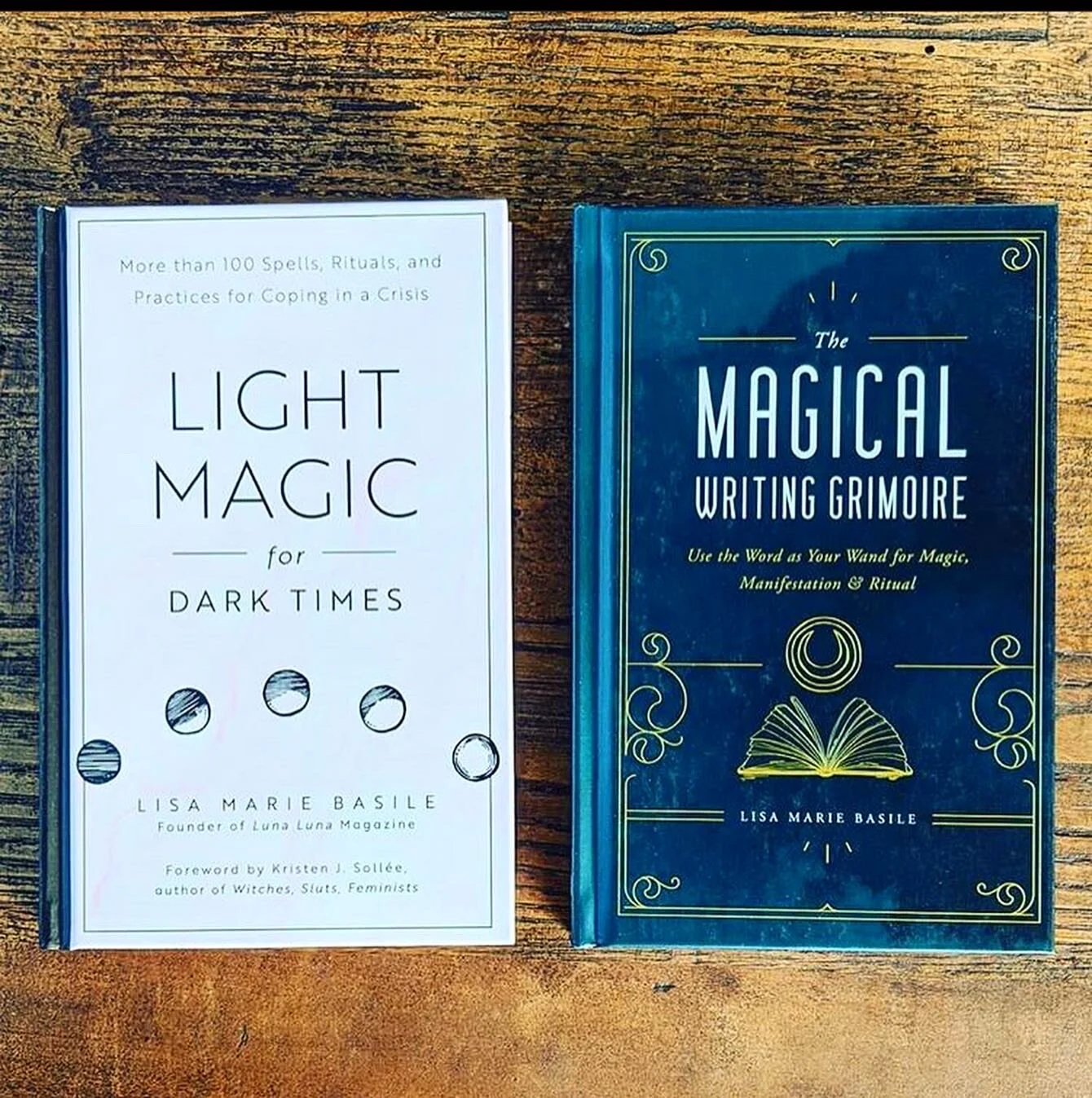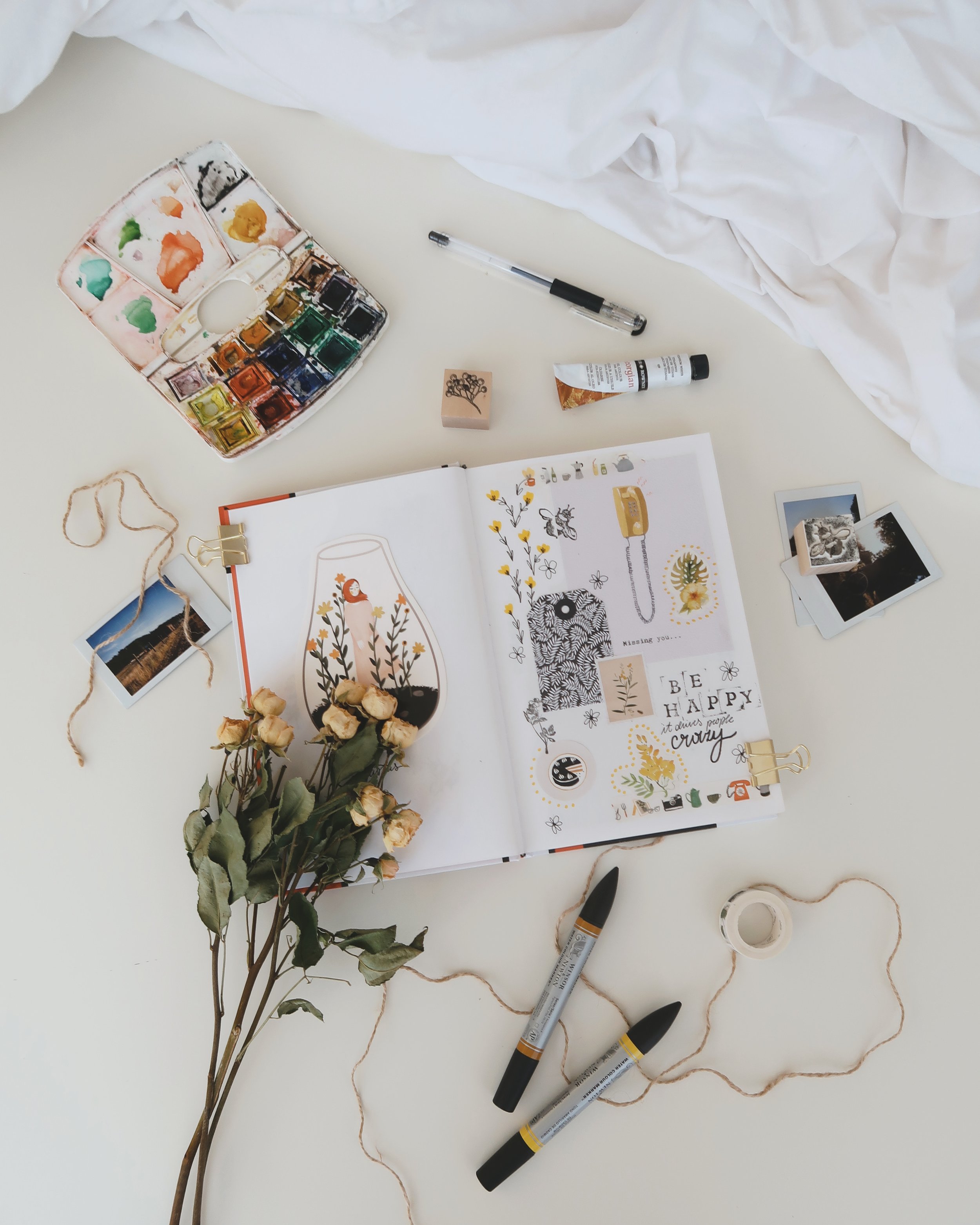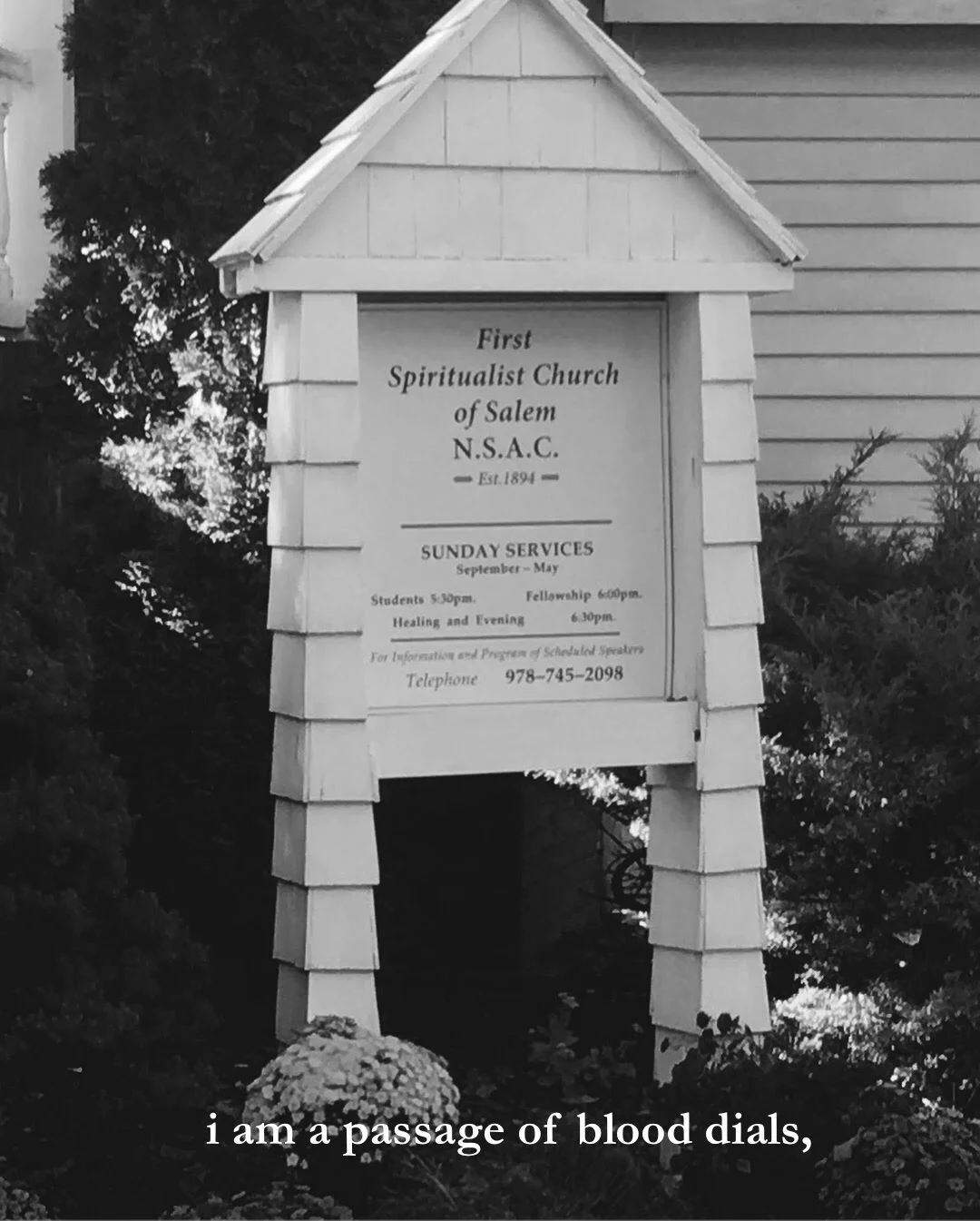BY KAREN CORDAY
When I was in seventh grade, my best friend broke up with me. We had not been romantically involved, but that made it all the more painful. Wanting to make out with someone else, see your school jacket on a new back, slow dance with someone else at the rec center dance...I could understand all of those things. My best friend deciding that she no longer wanted to be my best friend, that she was on the lookout for a new, better best friend, well...that baffled me entirely.
We had bonded quickly and passionately the day we met on the first day of fifth grade, over our shared love of reading and dirty jokes and our shared hatred of just about everyone else we knew. We were both awkward, out of place, and bored; we kept each other company and made the best of things together. Why did she want to break that up, especially now, at a brand new school that was bigger, louder, and even more unforgiving than our tiny elementary school? I couldn’t understand; my heart was broken. My pain was made even sharper by the fact that there was a new trend on the scene: best friend necklaces. The ultimate accessory for 12-year-old girls in 1988, best friend necklaces consisted of a heart shaped pendant that snapped in half, emblazoned with the words BEST FRIENDS, making one person the "BE FRI" and the other the “ST ENDS.” In the halls of my junior high school, that half a heart showed you belonged, that you may be a seventh grader, the lowest of the low, but someone had your back. Someone cared enough about you to be your other half. My other half had ditched me before we’d had a chance to exchange these necklaces, which I realized was a bit of a blessing. The figurative snatching away of the half was bad enough; at least, I didn’t literally have half a heart hanging from my neck, the other half flung to the bottom of a ballerina jewelry box, never to reconnect to mine.
I am still always on the lookout for people’s jewelry that shows them to be half of a whole--best friend necklaces have been replaced by engagement and wedding rings. When my boyfriend asked me to marry him, days before my 25th birthday, he didn’t have a ring. I accepted, but I was a little disappointed. I didn’t care about getting a big flashy rock; I wanted to wear something that said CHOSEN. TEAM MATE. THE ONE FOR ME. After we got married, I loved to look at our left hands; I loved that it was immediately obvious that I was half of a whole; to me, the whole was greater than the sum of its parts. I didn’t know too many other married people at that point, which made me all the more obsessive about looking for those telltale rings. I felt like I was finally at the vanguard of commitment jewelry--alone in the halls no more, I was marked as someone’s BEST at last. My husband felt the same way; he came up with the idea of "clinking" our rings the way you might clink wine glasses during a toast. We did it all the time; it was our version of a high five.
Eight years later, when we broke up, one of the first things we did was take off our rings. We did it in our living room slowly and ceremoniously before I headed out the door to sleep on a friend’s couch and wonder what the hell was happening. I felt giddy and tipsy without my ring; in the past, when men talked to me in bars or at the grocery store, I had always made sure to make my ring visible, make it known that I might chat with you, but I was someone else’s BEST. Ringless, I was unmoored and unmarked. I continued to look around at everyone’s ring fingers, checking constantly to see who was part of the network of couples to which I no longer belonged, and who was alone in the world like me, no half with which to match their half. It was scarier than seventh grade, but it was also less painful. After so much time wanting only to be half of a whole, it was all right to be on my own. Besides, I wasn’t really on my own; I was no longer so lost and angry at the world. I had a community of friends and family who loved and cared for me and I loved and cared for them as well. Being in a closed community of two was no longer the ideal; indeed, it had proved to be unsatisfactory and disappointing.
That was over seven years ago; I have another partner now, but we have no plans to get married. It’s not us against the world, it’s us together in the world, and I don’t feel the need to broadcast that via a piece of jewelry. I still look for people’s wedding rings out of habit, but I don’t want my own right now. My status as someone’s BEST is no longer integral to my sense of self.
Karen Corday lives, writes, reads, eats, drinks, works, and naps in Western Massachusetts. Her writing has appeared in The Toast, Paste, Femsplain, the anthology Mortified: Love Is a Battlefield, and her diary of 32 years. She has degrees in English Literature, Women's Studies, and Library Science. In the grand taxonomy of witches, she classifies herself as an Office Witch.































